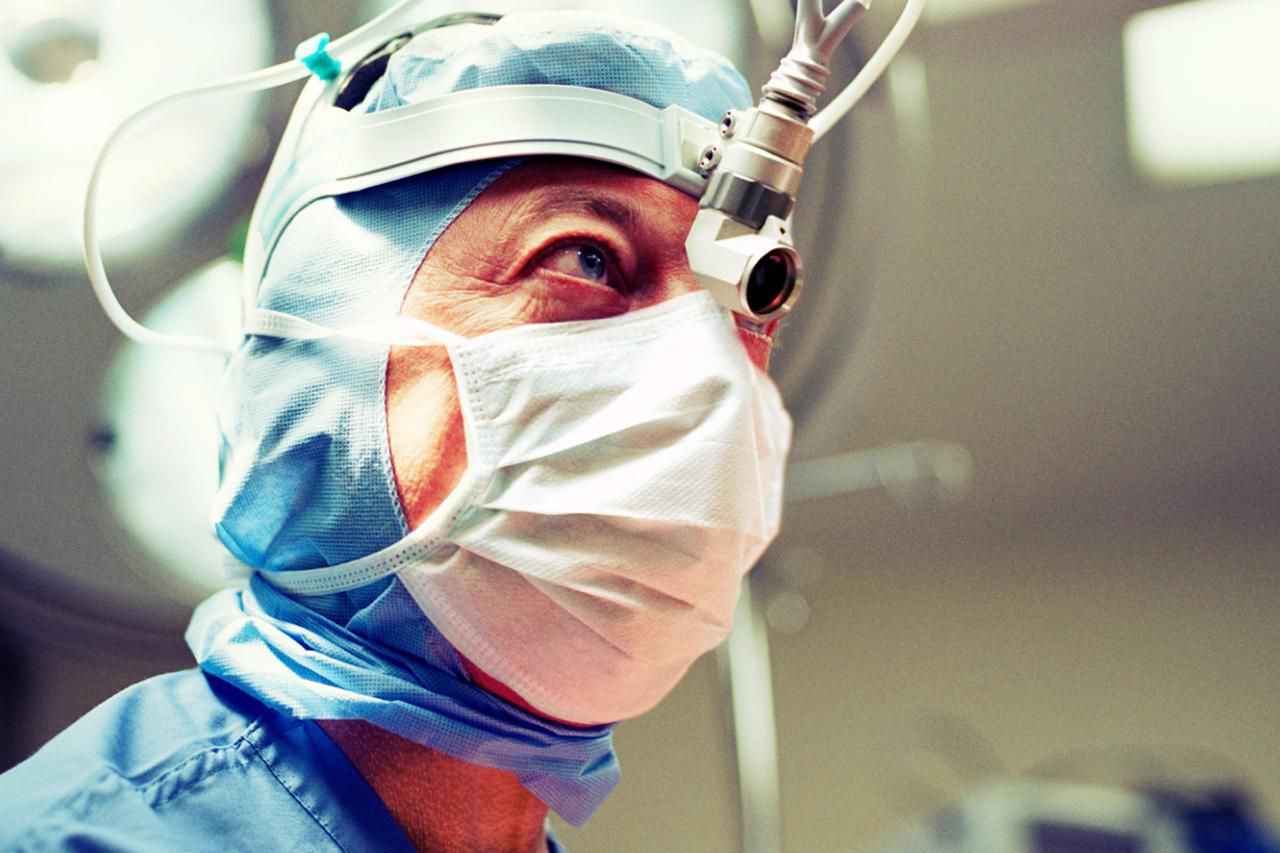In order to understand the difference between craniotomy and craniectomy we first need to understand the basic anatomy of the skull and brain.
What is a skull?
The bony structure of the human head is called the skull. It acts as a hard protective shield for the brain. The brain is surrounded by three layers of tissues under the skull known as meninges. The outermost layer of meninges is called the dura mater, the middle layer is called the arachnoid mater and the innermost layer is called the pina mater. The space between the arachnoid mater and the pina mater is called subarachnoid space. Blood vessels run through subarachnoid space. Subarachnoid space also contains cerebrospinal fluid. Some blood vessels connect the surface of the brain to the dura mater while the rest of the blood vessels supply blood to the brain.
For the brain to function normally a very specific rather precise pressure has to be maintained inside the skull. This pressure is called intracranial pressure which is maintained between the blood in the blood vessels, cerebrospinal fluid, and the brain tissues.
There can be distress in intracranial pressure due to multiple reasons. Some of the reasons that can disturb the intracranial pressure are:-
*head injuries
*brain or spinal cord infections
*blood vessel complications, and
The abnormal pressure in the skull may lead to various complications like deformation of the brain, swelling or shrinking of the brain, or severe brain damage. In such cases, with the intention to restore normal intracranial pressure, doctors either perform a craniotomy or craniectomy procedure. Therefore, both craniotomy and craniectomy is a surgery performed by doctors to treat different types of brain injuries or diseases.
Craniectomy-
Craniectomy is a surgical procedure performed by neurosurgeons in Bangalore on the skull to relieve swelling in the brain. The procedure includes cutting through the scalp and folding back the skin followed by removing a section of the skull with the help of a surgical drill. The section of the skull that is removed is known as a bone flap. Craniectomy is usually performed to reduce swelling in the brain. In case of emergencies like acute traumatic brain injury or a hemorrhagic stroke, craniectomy is performed to relieve the pressure in the skull. For instance, if there is bleeding or swelling in the brain it can lead to building up of pressure. An emergency craniectomy can prevent the brain from being compressed which can lead to a fatal condition. That is why craniectomy is said to be a life-saving procedure in case of brain injury or stroke.
Craniotomy-
A craniotomy is also a similar procedure in which a part of the skull is removed. A craniotomy is performed by the neurosurgeon mostly for the removal of a brain tumor. In most cases, craniotomy is performed under general anesthesia. Though in a few cases the patients have been lightly sedated by numbing the surgical area. This process is called an awake craniotomy. Awake craniotomy is performed in cases where the lesions are present in those areas of the brain which control speech and motor function. Craniotomies are also performed to clip an aneurysm.
Prior to the surgery in both craniectomy and craniotomy, the appropriate part of the scalp is shaved and cleaned with antiseptic.
Differences-
There is one major difference between craniotomy and craniectomy. Incase of craniotomy the bone flap is temporarily removed during the surgery and is later reattached. But in the case of cranie,ctomy the reattaching to the bone flap is delayed by the surgeon until the next procedure. The main motive for such delay is to allow the swelling to go down. Once the swelling goes down the bone flap is reattached and the incision in the skin is closed with staples. In the case of craniectomy the following procedure of reattaching the bone flap is known as cranioplasty. In this, the bone flap is reattached with metal plates and screws followed by closing the skin incision with staples.
Another difference in both procedures is the reasons for performing such surgery. For instance craniotomy is performed to relieve the pressure that builds in the brain due to traumatic head injury or some kind of infection. Whereas, craniotomy is performed to remove tumors from the brain.
Complications-
The complications of this surgery can be categorized based on the time of occurrence.The complications that can arise immediately after the surgery are-
*Postoperative Infection
*Complications arising in wound healing
*Intracerebral hemorrhage
*Extracranial Cerebral herniation
*Cerebrospinal fluid may get leaked leading to complications
*Fistulae
*Seizures and epilepsy
Some complications that may occur long after the surgery is performed are mainly-
*Cerebrospinal fluid may build up in the brain. This condition is known as Subdural hygroma.
*Hydrocephalus
*Syndrome of the trephined.
Both surgeries take several weeks to heal. After healing some patients might need some therapies owing to the complications of post surgery effects. When it comes to treatment in India, even the best neurosurgery hospital in Bangalore will provide proper post-surgery rehabilitation at a cost effective rate.








